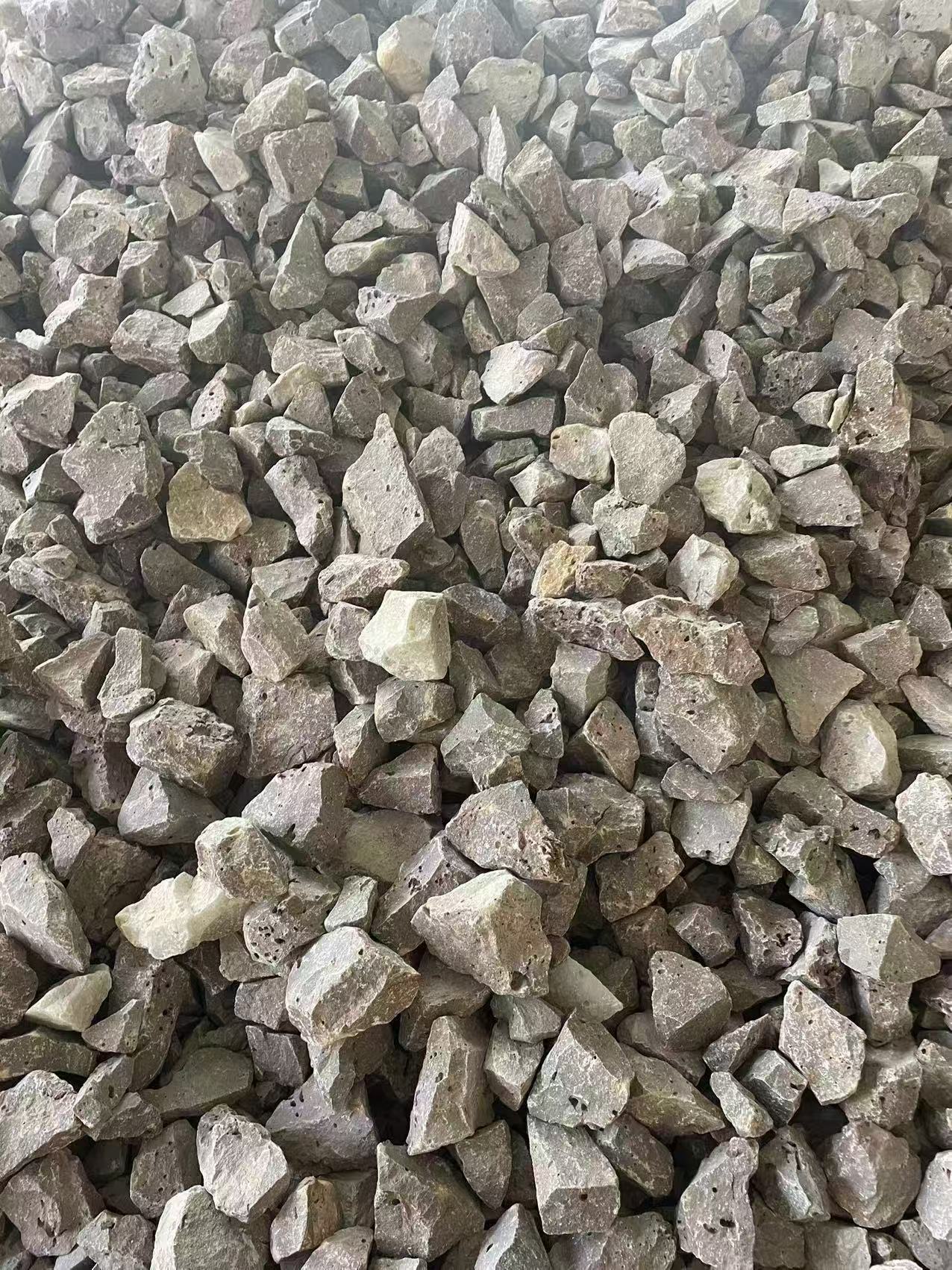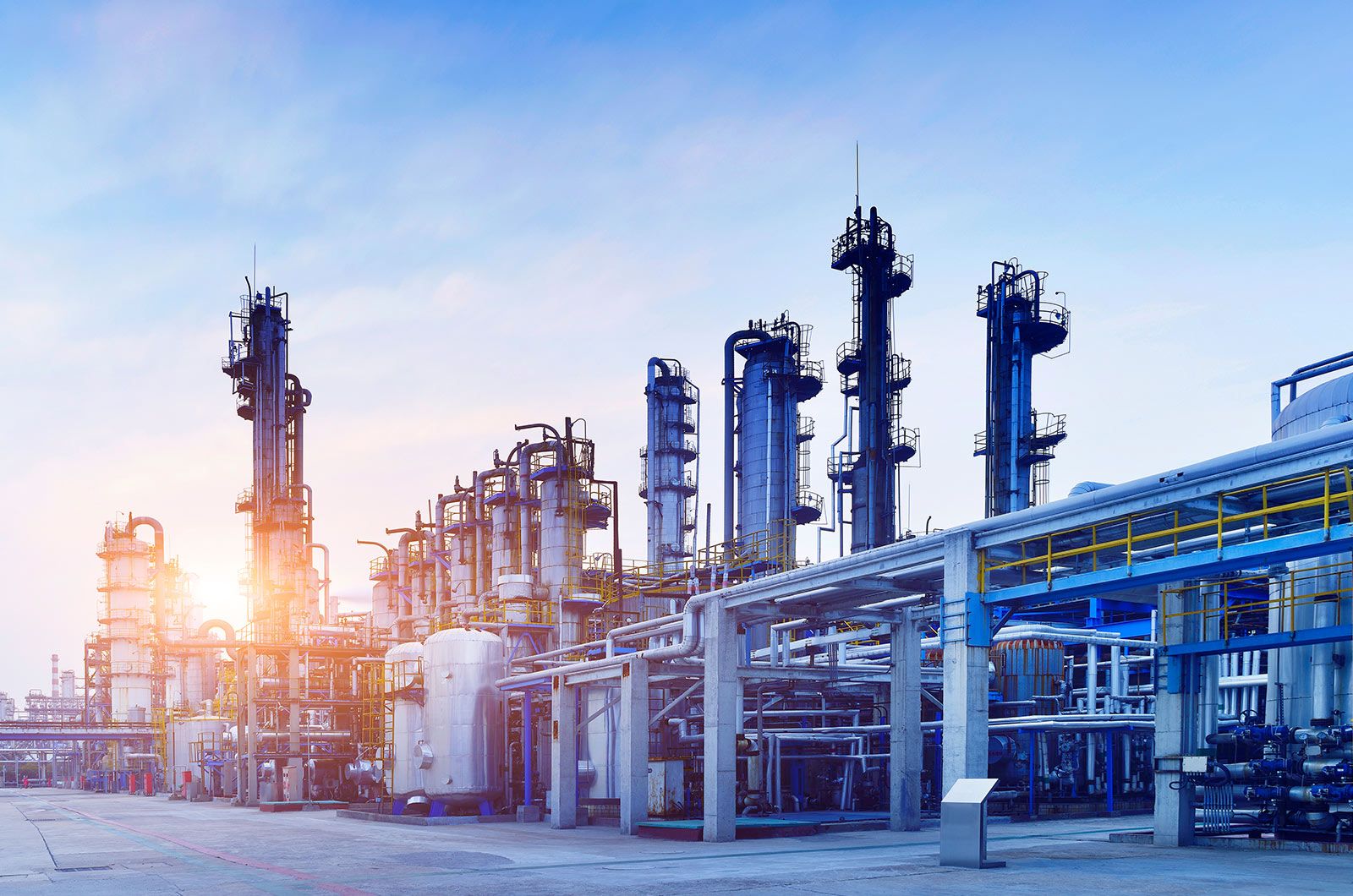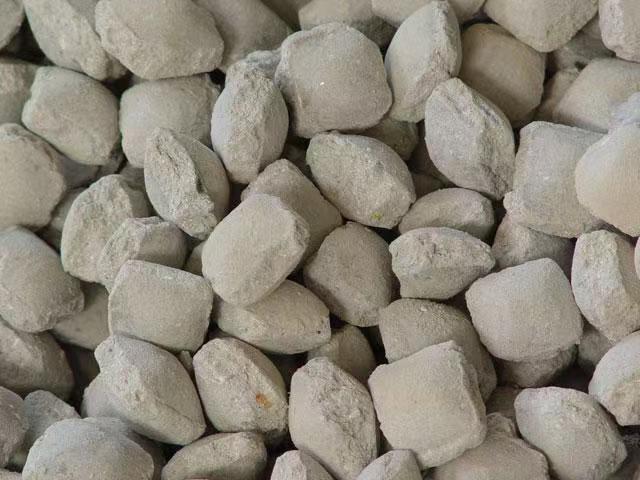Refractory
Refractory materials generally refer to materials and products composed of inorganic non-metallic materials with a refractoriness not lower than 1580 ℃. Fire resistance refers to the temperature at which a material reaches a specific degree of softening and deformation under high temperature conditions, indicating its ability to resist high temperature effects.
There are various types and uses of refractory materials, and their classification methods are also diverse, mainly including the following:
According to the degree of fire resistance:
Ordinary refractory material: The refractoriness ranges from 1580 ℃ to 1770 ℃.
Advanced refractory material: with a refractoriness of 1770 ℃ -2000 ℃.
Special grade refractory material: with a fire resistance of 2000 ℃ or above.
According to the different shapes and sizes of the products:
Standard type: 230mm × 114mm × 65mm; No more than 4 measuring scales, (size ratio) max: min<4:1.
Irregular shape: no more than 2 concave corners, (size ratio) max: min<6:1; Or there may be an acute angle of 50-70 degrees.
Specificity: (size ratio) max: min<8:1; Or no more than 4 concave corners; Or there may be an acute angle of 30-50 degrees.
Special products: crucibles, vessels, tubes, etc.
Divided by manufacturing method:
Burnt products: made through high-temperature firing process.
Non fired products: do not require firing, such as some amorphous refractory materials that naturally dry or solidify after construction.
Amorphous refractory materials: composed of reasonably graded granular and powdery materials and binders, directly used without forming or firing, usually including castables, spray coatings, ramming materials, plasticizers, pressing materials, projection materials, coatings, dry vibration materials, self flowing castables, refractory slurries, etc. This type of material has no fixed shape and can be made into slurry, paste, and loose forms, also known as bulk refractory materials. It can also form seamless integral structures, also known as integral refractory materials.
Classified by material chemical properties:
Acidic refractory materials: mainly composed of silicon oxide, commonly used are silicon bricks and clay bricks. Silica bricks are siliceous products containing over 94% silicon oxide, and are made from raw materials such as silica and waste silica bricks. They have strong resistance to acid slag erosion, high load softening temperature, and do not shrink or even slightly expand after repeated calcination; However, it is susceptible to erosion by alkaline slag and has poor thermal shock resistance. It is mainly used in thermal equipment such as coke ovens, glass melting furnaces, and acid steelmaking furnaces. Clay bricks are mainly made of refractory clay and contain 30% -46% alumina. They are weakly acidic refractory materials with good thermal vibration resistance and corrosion resistance to acidic slag, and are widely used.
Neutral refractory material: mainly composed of alumina, chromium oxide, or carbon. Corundum products containing over 95% alumina are high-quality refractory materials with a wide range of applications; Chromium bricks mainly composed of chromium oxide have good corrosion resistance to steel slag, but poor thermal shock resistance and lower deformation temperature under high temperature load; Carbonaceous refractory materials include carbon bricks, graphite products, and silicon carbide products. They have a low coefficient of thermal expansion, high thermal conductivity, good thermal shock resistance, high high-temperature strength, and resistance to acid, alkali, and salt erosion. Especially weak acid and alkali have good resistance, and are not wetted by metals and slag. They are lightweight and widely used as high-temperature furnace lining materials, as well as high-pressure reactor linings in petroleum and chemical industries.
Alkaline refractory material: mainly composed of magnesium oxide and calcium oxide, commonly used is magnesia brick. Magnesia bricks containing more than 80% -85% magnesium oxide have good resistance to alkaline slag and iron slag, and have higher refractoriness than clay bricks and silica bricks. They are mainly used in open hearth furnaces, oxygen blown converters, electric furnaces, non-ferrous metal smelting equipment, and some high-temperature equipment.
Refractory materials are widely used in industries such as metallurgy, chemical engineering, petroleum, machinery manufacturing, silicates, and power. They are used in the largest amount in the metallurgical industry, accounting for 50% -60% of the total output. In various fields of the national economy such as steel, non-ferrous metals, glass, cement, ceramics, petrochemicals, machinery, boilers, light industry, electricity, and military industry, refractory materials are essential basic materials for ensuring production operation and technological development. They play an irreplaceable and important role in the development of high-temperature industrial production.









Please first Loginlater ~